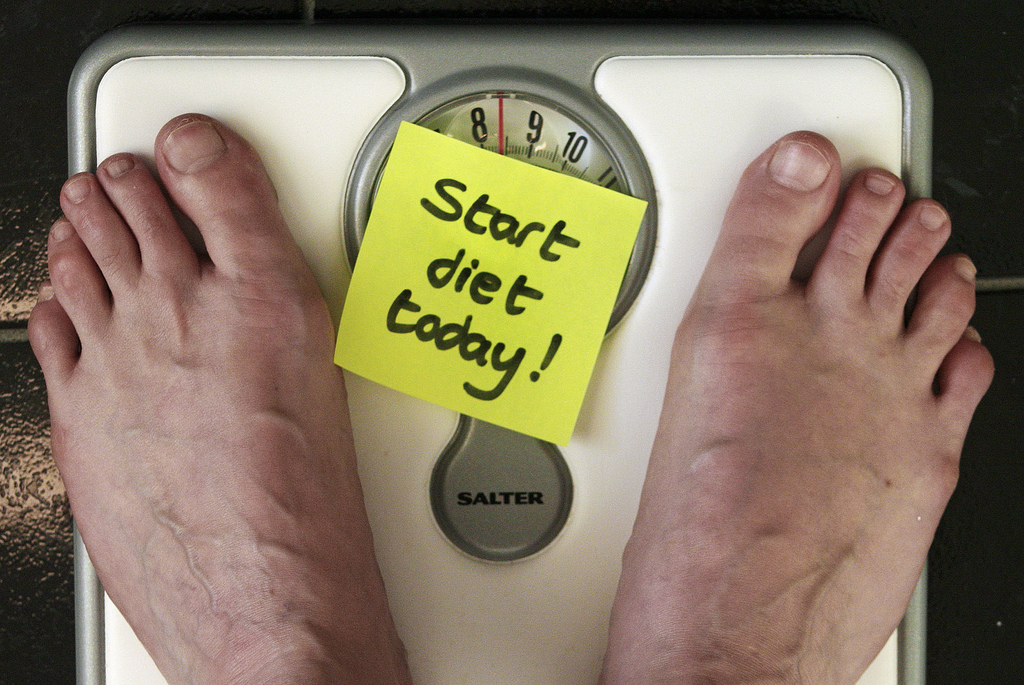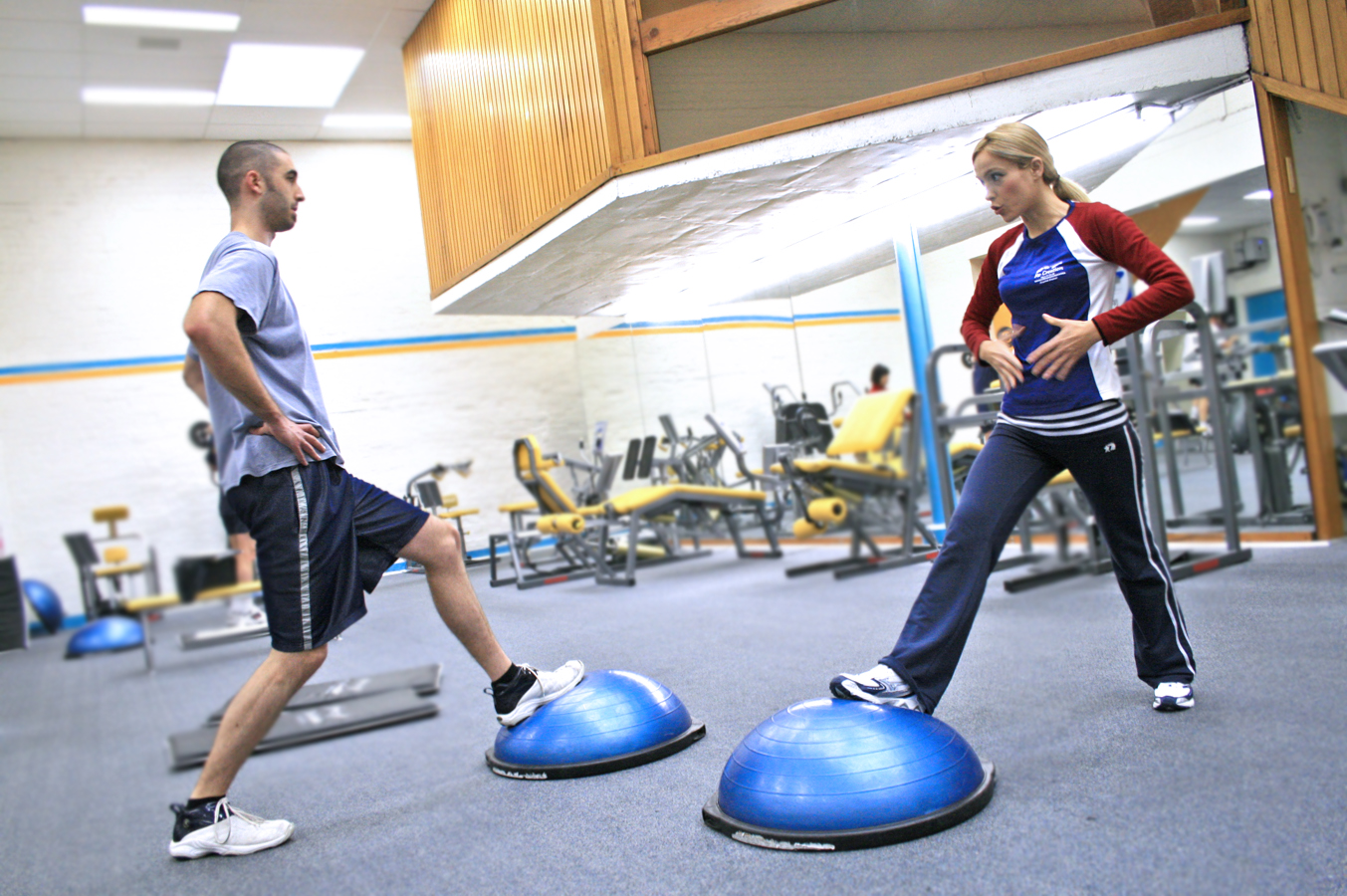 Caring for an older family member can feel big. There are meals to plan, rides to arrange, pills to track, and a home to keep safe. Families want comfort and dignity for the person they love. Most seniors want something simple in return: to stay in the place they know, with their own routine and their favorite chair. Home care can make that possible without taking away control.
Caring for an older family member can feel big. There are meals to plan, rides to arrange, pills to track, and a home to keep safe. Families want comfort and dignity for the person they love. Most seniors want something simple in return: to stay in the place they know, with their own routine and their favorite chair. Home care can make that possible without taking away control.
Staying at home is about choice. It’s being able to decide what to eat, when to rest, and which radio station to play in the morning. When support shows up at the door, independence doesn’t end. It grows, because daily tasks become easier and safer.
What independence really means
Independence isn’t doing everything alone. It’s doing as much as feels safe, with the right help nearby. Some people only need a hand with heavy chores. Others need steady support with bathing, dressing, or moving around. Good care starts by asking, “What can this person still do, and what makes the day smoother?”
That question shapes the plan. Maybe mornings are hard, so help comes early. Maybe energy dips in the afternoon, so that’s when meals and a short walk happen. The plan fits the person, not the calendar.
Finding reliable help
Families often start by asking neighbors or friends for ideas. Local groups and doctors’ offices can point to trusted options. It also helps to speak with an agency that puts kindness first and trains its team well. Exploring a provider such as Impactful Home Care can show how services are built around a person’s routine and comfort, without pushing a one-size-fits-all schedule.
When reaching out, ask how caregivers are matched, what training they receive, and how schedule changes are handled. Clear answers are a good sign. So is a chance to meet the caregiver before the first shift.
Daily routines that keep life steady
A calm day starts with small habits. Breakfast at a steady time. Pills set out in a weekly box. A quick stretch to warm up tired joints. Short walks in safe shoes. These little steps lower stress and help the body stay strong.
Meals matter, too. Nutritious food doesn’t need to be fancy. Simple dishes with protein, fruit, and vegetables do the job. Caregivers can prep ingredients in batches so cooking stays easy during the week. Water nearby through the day prevents fatigue and headaches.
Rest has a place as well. A short nap or quiet time in the afternoon can keep the evening pleasant. Screens off before bed, soft light in the hallway, and a warm drink often lead to better sleep.
Safety without making home feel strange
Home should feel familiar, not clinical. Safety changes can be gentle and low-cost. Bright bulbs reduce trips. A sturdy shower chair turns bathing into a safe routine. Clear walkways and taped-down cords stop falls. Rugs that slide should be removed or secured. Night lights help with bathroom trips. A grab bar by the tub can make all the difference.
Think about shoes, too. Supportive, non-slip soles help with balance. Keep a cane or walker in good shape and at the right height. If hearing aids or glasses are part of daily life, set a “home base” spot so they never go missing.
Companionship counts
Loneliness weighs on health. Regular conversation lifts it. Caregivers can share a card game, a short walk, or a favorite show. Calling a friend every Thursday gives the week a friendly anchor. Reading the news aloud over tea can spark a chat. These moments seem small, yet they keep the mind active and the mood steady.
Families can build in simple rituals—Sunday pancakes, a midweek photo share, or music time after lunch. Joy works best when it’s planned on purpose.
Families and caregivers on the same team
Good care is a group effort. A small notebook or shared app keeps everyone in sync. Jot down what was eaten, how the person felt, and any changes in sleep or mood. Patterns will show up, and plans can shift before small issues turn into big ones.
Clear roles help, too. One person might manage appointments. Another handles pharmacy runs. The caregiver focuses on personal care and safety checks. When jobs are defined, no one burns out.
How to choose a good fit
A strong match shows up in tiny details. The caregiver arrives on time, speaks in a calm tone, and respects the person’s rhythm. There’s no rushing. Preferences are honored—how hot the tea should be, which sweater is most comfortable, where the mail gets sorted.
Before care starts, ask for a short trial visit. Set three goals for the first week, such as safer showers, steadier meals, and a fifteen-minute walk. Review how it went, then adjust. Flexibility is a sign of quality.
Planning for costs
Home care is flexible, which helps with budgeting. Support can be scheduled for the hours that matter most—mornings, evenings, or certain days—without paying for time that isn’t needed. Some families share costs across siblings. Others use savings set aside for care. Community programs or benefits may help in some areas; local senior centers often know what’s available.
A written plan prevents surprises. List the schedule, tasks, rates, and a backup plan if the regular caregiver is out. Clear plans save time and reduce stress.
When needs change
Health needs shift. A plan that worked in spring may need an update by fall. Watch for signs: more falls, missed meals, confusion that wasn’t there before, or new pain. If these show up, increase support or add a nursing visit. Short stays in rehab after a hospital trip can help a person rebuild strength before returning to the usual routine.
The goal stays steady through these changes: keep the person safe, heard, and involved in decisions.
Simple upgrades that pay off
Keep a basket near the favorite chair with glasses, remote, tissues, and a notepad. Set phone alarms for pills. Place water in easy-to-open bottles within reach. Use a large calendar with appointments written in bold. Put a grabber tool in the kitchen so bending isn’t needed. Label drawers if that eases stress. Small fixes add up to smoother days.
Signs independence is thriving
Morning routines happen without fuss. Meals are regular and balanced. The home feels calm. The person smiles when the caregiver arrives and still gets to choose what to wear, where to sit, and when to rest. Family members feel informed rather than worried. These are strong signals that the plan is working.
If something feels off, speak up quickly. Most issues can be solved with small changes—earlier visits, different meal choices, fewer errands, more walks, or a new approach to bathing.
What matters most
Independence and support can live in the same house. The right help protects pride, keeps routines steady, and makes each day safer and more comfortable. Start small, set clear goals, and pick people who listen. With a thoughtful plan and a kind team, home can stay home—warm, familiar, and full of life.









